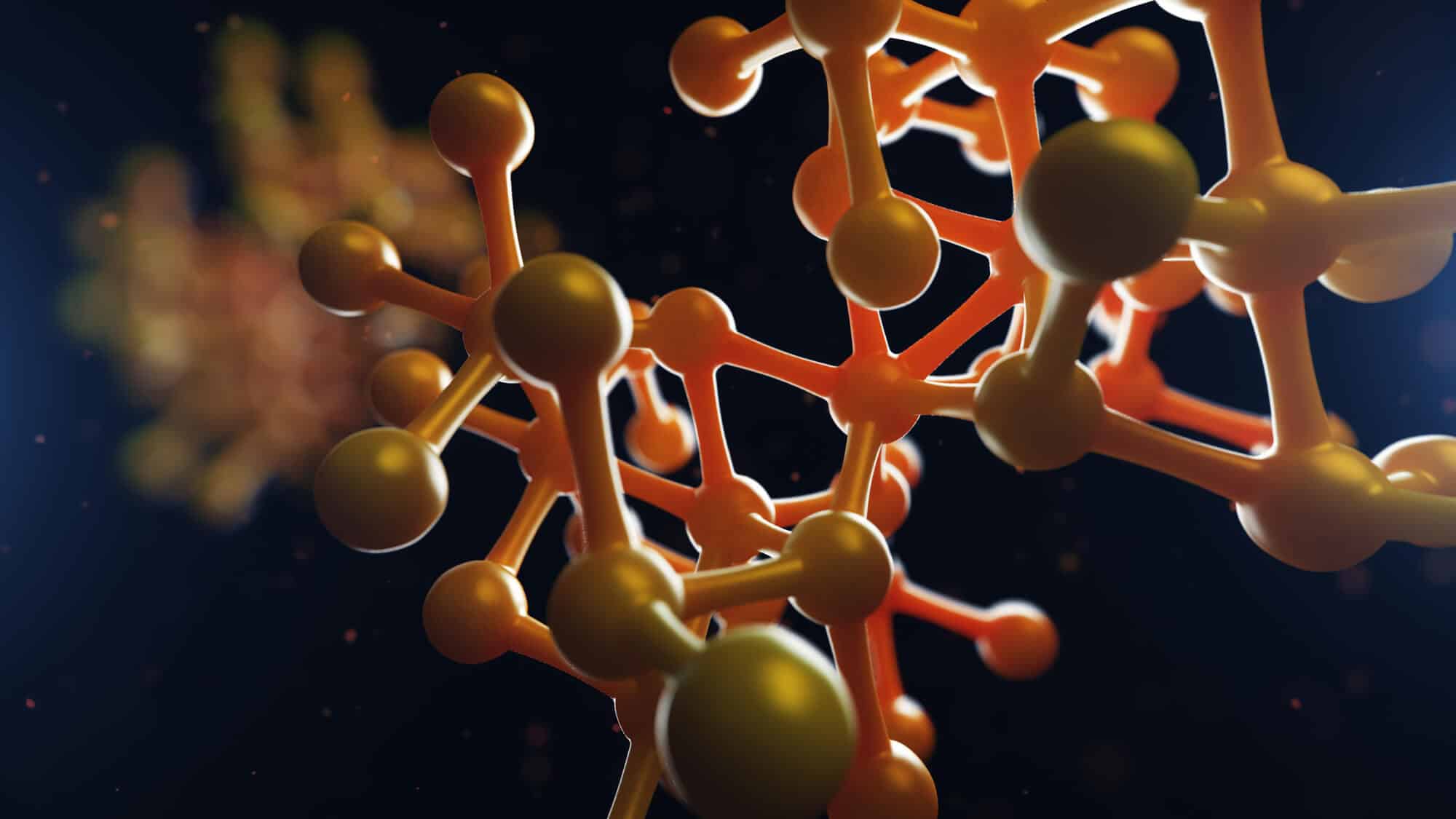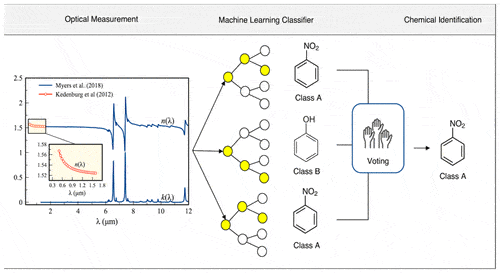Researchers from the University of Santiago in Chile, working in the field of machine learning, have succeeded in developing an innovative method for identifying organic compounds based on the refractive index at a single optical wavelength
[Translation by Dr. Moshe Nachmani]

The innovative detection method could allow researchers to develop research and industrial applications for automated chemical analysis that would be cheaper, safer and require less expertise. As part of the article, published in the prestigious scientific journal Journal of Physical Chemistry, describes how the researchers developed a creative and innovative method by which they were able to obtain a unique collection of data and the steps they used to develop a detector for the detection of organic compounds.
Machine learning is "fostering" with the help of publicly available databases of past optical experiments published in the scientific literature since the 61s. In these databases, the researchers found all the indices they needed to prepare identification arrays for 61 organic molecules: group velocity and group velocity dispersion, the range of measured wavelengths and the material state of the samples, refractive indices, absorption coefficients A wide range of wavelengths and more. In total, about two hundred thousand curves of the refraction and absorption coefficients of 380 compounds and organic polymers were obtained. In a conventional detection detector in the field of infrared radiation, the identity of the molecule is determined by the absorption of Raman scattering, while creating a unique "fingerprint" of combined indices corresponding to a given database. The refractive index of organic compounds is a monovalent element that does not have the same encoded information. The same is true for refractive index data whose wavelengths are far from the absorption range of ultraviolet and infrared radiation, which may explain why the range of visible light (wavelengths between 750 and XNUMX nm) has not been used to identify organic compounds so far.
Initial tests with the raw data led to an accuracy level of eighty percent, and the researchers attempted to increase these accuracy percentages. The original database was not intended for optimization with the help of machine learning, since most of it came from studies conducted even before the invention of the first home computer. There was a large amount of information regarding wavelengths in the ultraviolet and infrared fields, which the artificial intelligence was able to process. At this point the researchers decided to take a more focused approach.
The researchers decided to implement several data processing approaches in order to simulate a more ideal learning environment for the artificial intelligence. The goal was to create a balanced data set so that the artificial intelligence would not give excessive weight to certain indicators at the expense of others, just because of the volume of information about them. The researchers used the methods of under-sampling, over-sampling and physical magnification in order, in practice, to reduce the effect of the wavelengths in the infrared range within the overall array of the data collection. By training the machine with the balanced data, before processing it, the researchers were able to achieve an accuracy level of over ninety-eight percent in terms of identifying the correct molecules in the visible light range.
The researchers note that further research is required in order to expand and obtain a more general identification method in order to characterize other structural and chemical indices of the molecules found in the refractive index database. In conclusion, the researchers determined that their study represents a good starting point for the development of remotely controlled chemical detectors.
The article is about the research

More of the topic in Hayadan:
- Light, matter - and everything in between
- An astrobiologist suggests possible types of landing sites that would allow the detection of signs of life if these exist in the subsurface oceans
- An array of tiny lenses to create sharp images
- A XNUMXD nanometer printer for the production of extremely tiny structures
